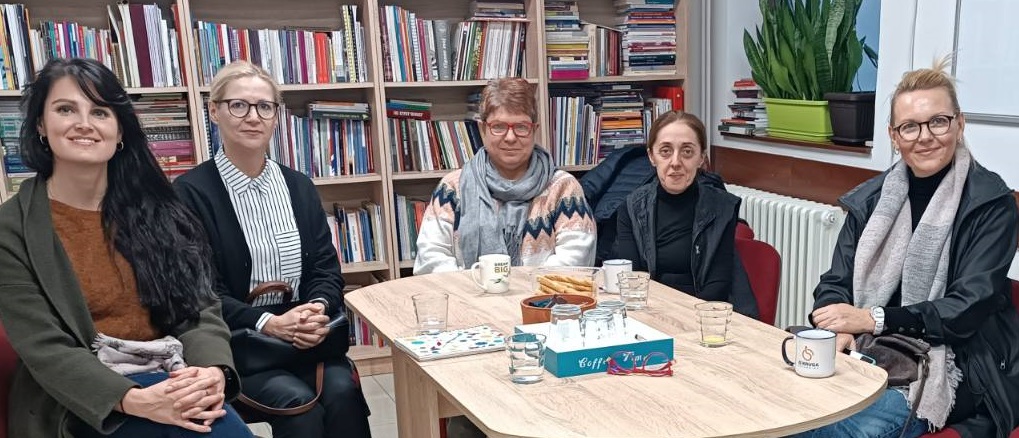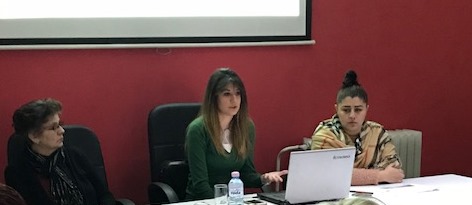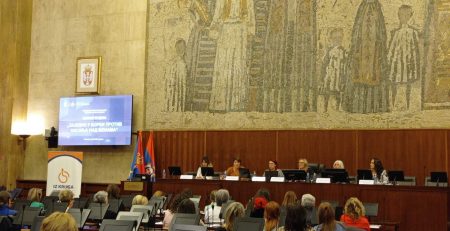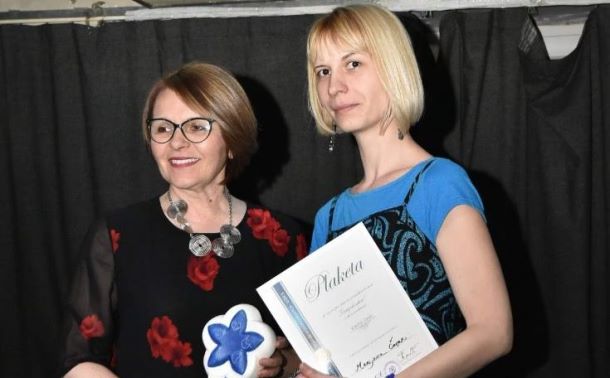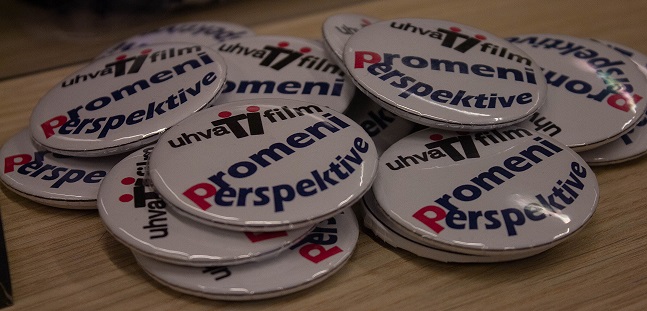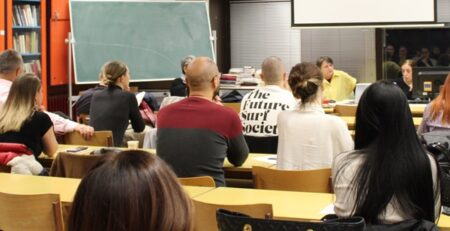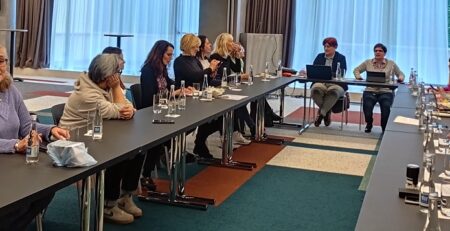Representatives of the organization that is carrying out the project Building the Age-Friendly Communities through Intergenerational Action (Age+) visited IZ KRUGA VOJVODINA on November 10, 2023, to present the activities they carry out for older people and to familiarize themselves with the current activities of IZ KRUGA VOJVODINA and problems of older people with disabilities.
The meeting participants were Katharina Pliskal, a manager of the Age+ project on behalf of the organization Volkslife Solidaritat, Danijela Korac-Mandic and Mira Novakovic Ilic on behalf of Novi Sad Humanitarian Center, and Tatjana Stojsic Petkovic, Svjetlana Timotic, and Veronika Mitro from IZ KRUGA VOJVODINA.

The guests said the Age+ Project is a three-year regional project supporting older people, aiming for the welfare and social inclusion of persons older than 65. Its focus is to develop communities adjusted to older people, along with intergenerational solidarity and accomplishing the rights and needs of older people, and to offer various courses and community projects like excursions or joint gardening. The project holder is an Austrian organization, Volkslife Solidaritat, and local stakeholders are TARA International Consulting from Novi Sad, Novi Sad Humanitarian Center, and Syri and Vizionit from Pec.
The representatives of IZ KRUGA VOJVODINA presented specialized support services for women with and without disabilities exposed to violence, an info center for persons with disabilities, scheduling gynecological check-ups, and informed about the participation of older women and men as beneficiaries. They presented the advocating activities they carry out in the domain of the protection of sexual and reproductive rights and rights of women with disabilities, educational activities for women with disabilities in the community and institutions, as well as institutional and extra-institutional service providers.
The meeting participants presented examples of the inclusion of older people in the organization’s activities and talked about overcoming architectural and communicational barriers that make it more expensive and difficult to include older persons with disabilities in the community’s activities. They concluded that they will continue to strive to provide a place for older people with disabilities in the future activities they will implement.
